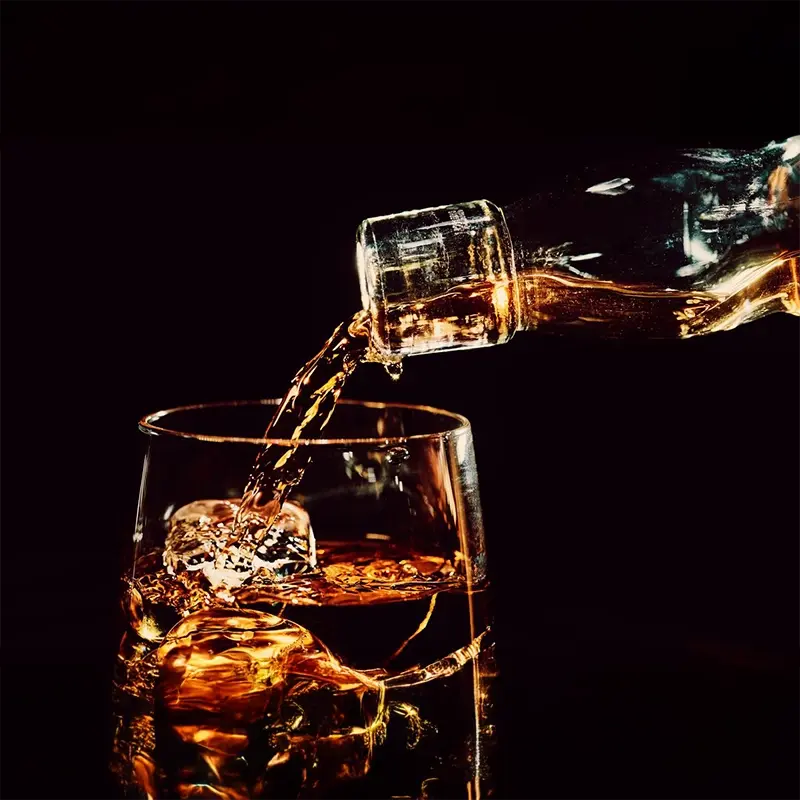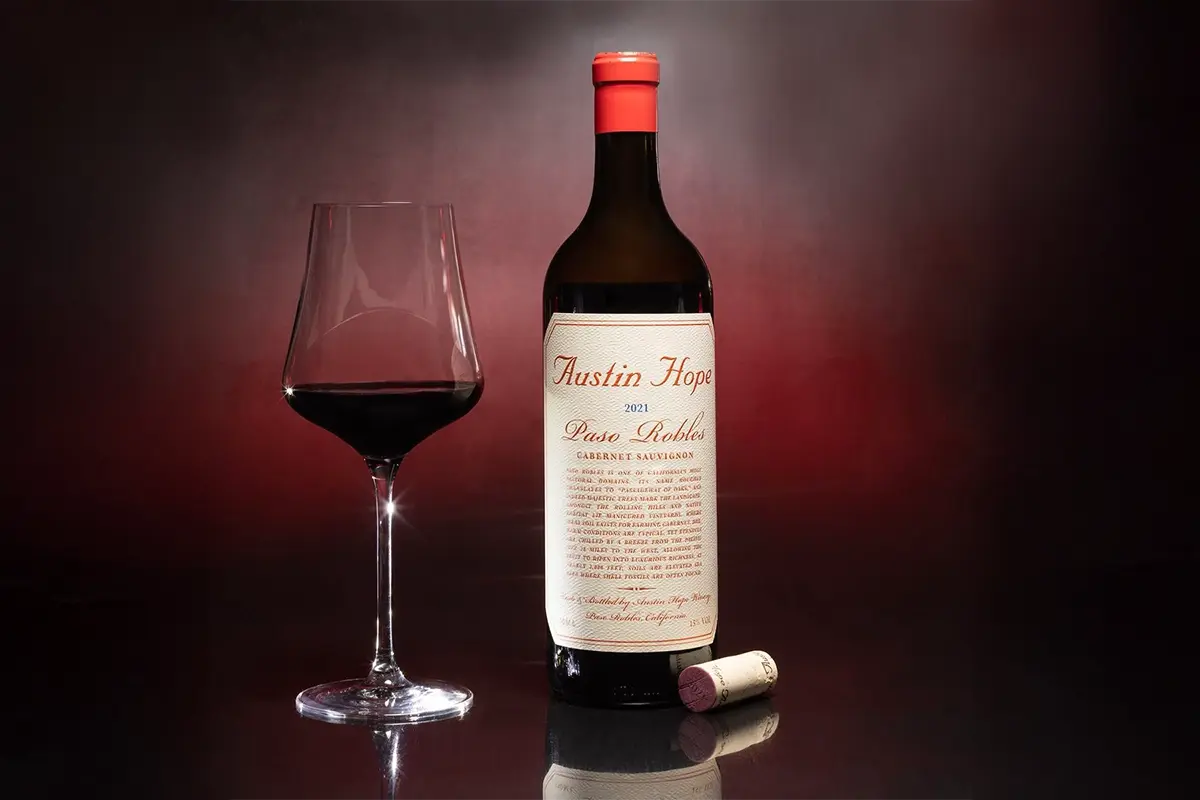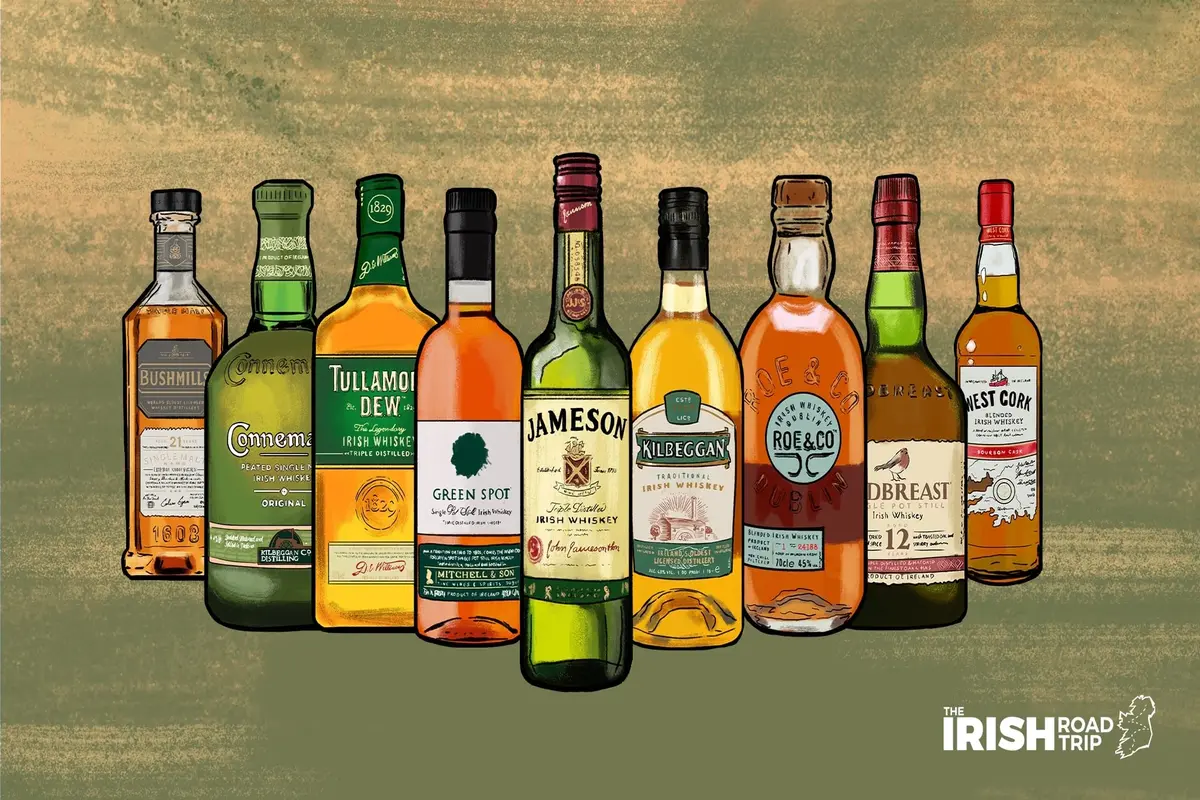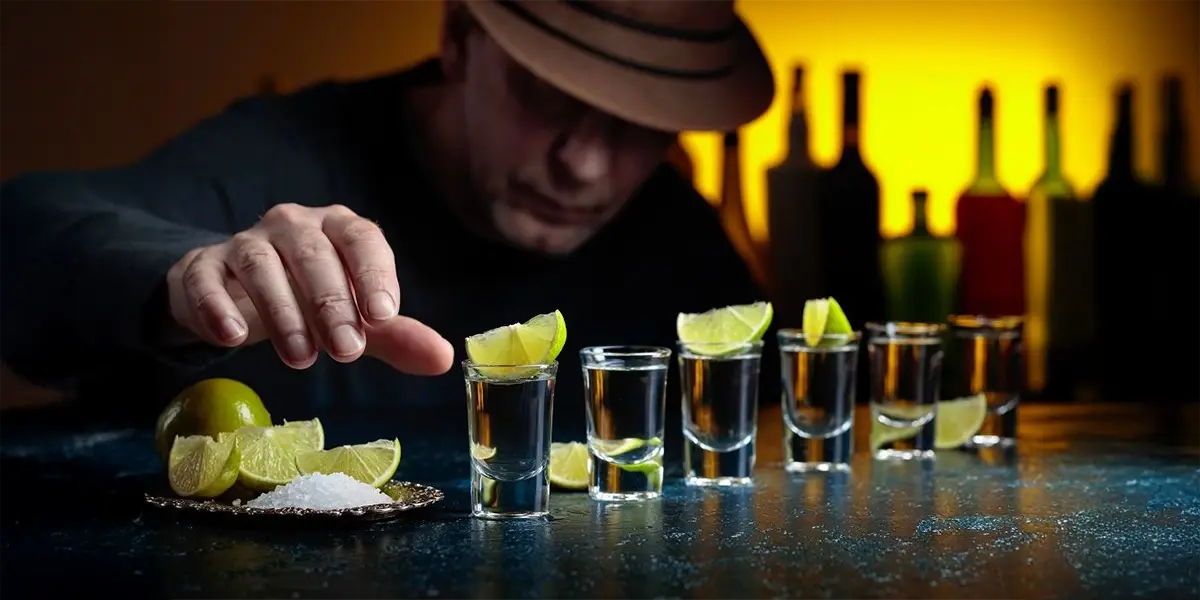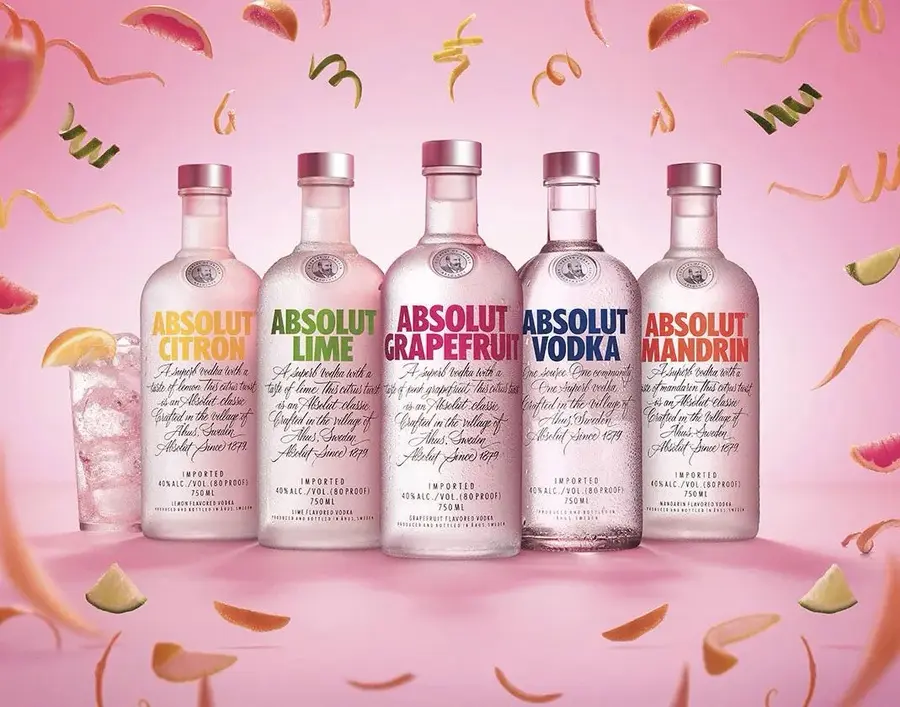Best Champagne to Celebrate Every Moment: Top Bottles for Taste, Style, and Occasion
May 28, 2025
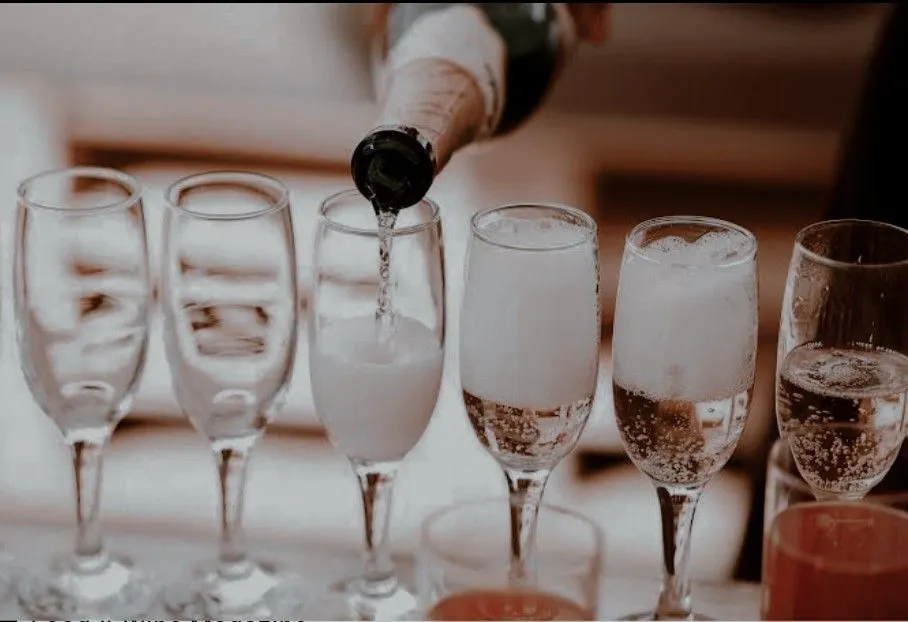
Some drinks are made to quench thirst. Champagne is made to celebrate. Whether you are ringing in a new year, raising a glass at a wedding, or toasting a small personal win, the best champagne adds sparkle to the moment.
People often ask what sets champagne apart from other bubbles. The answer is both simple and magical. True champagne comes from the Champagne region of France. It is crafted with care, aged to perfection and poured with purpose. Unlike sparkling wine, champagne carries tradition in every bottle.
From budget friendly picks to luxury champagne brands, there is something for every palate and every price point. A good bottle can bring people together, mark milestones, and turn everyday dinners into elegant affairs. Even those who typically reach for Irish whiskey on a winter night know the joy of hearing a cork pop during a celebration.
Choosing the right champagne for special occasions is not just about price or label. It is about taste, mood and meaning. Some prefer the crisp bite of a brut. Others lean toward the softness of a rosé. There are bottles known for power and complexity. And others for being crowd pleasers.
In this guide, we will help you find the best champagne for your needs. Whether you are new to the world of bubbles or looking to upgrade your collection, this journey will cover it all. From popular champagne bottles to expert tasting tips, we have every detail ready.
Champagne Guide:
- Understanding Champagne: Types and Styles
- Top Champagne Brands and Their Signatures
- Moët & Chandon: Global Icon, Effortless Celebration
- Veuve Clicquot: Bold Character in a Glass
- Dom Pérignon: Timeless Elegance in Every Vintage
- Krug: Depth, Detail, and Decades of Tradition
- Bollinger: Power, Precision, and Pinot Noir Richness
- Ruinart: A Historic House with a Fresh Touch
- Champagne Tasting and Pairing Tips
- Buying Guide: How to Choose the Right Champagne
- Champagne Storage and Serving Essentials
- Frequently Asked Questions About Champagne
- Celebrate Smart: Find the Champagne That Fits Your Life
Understanding Champagne: Types and Styles
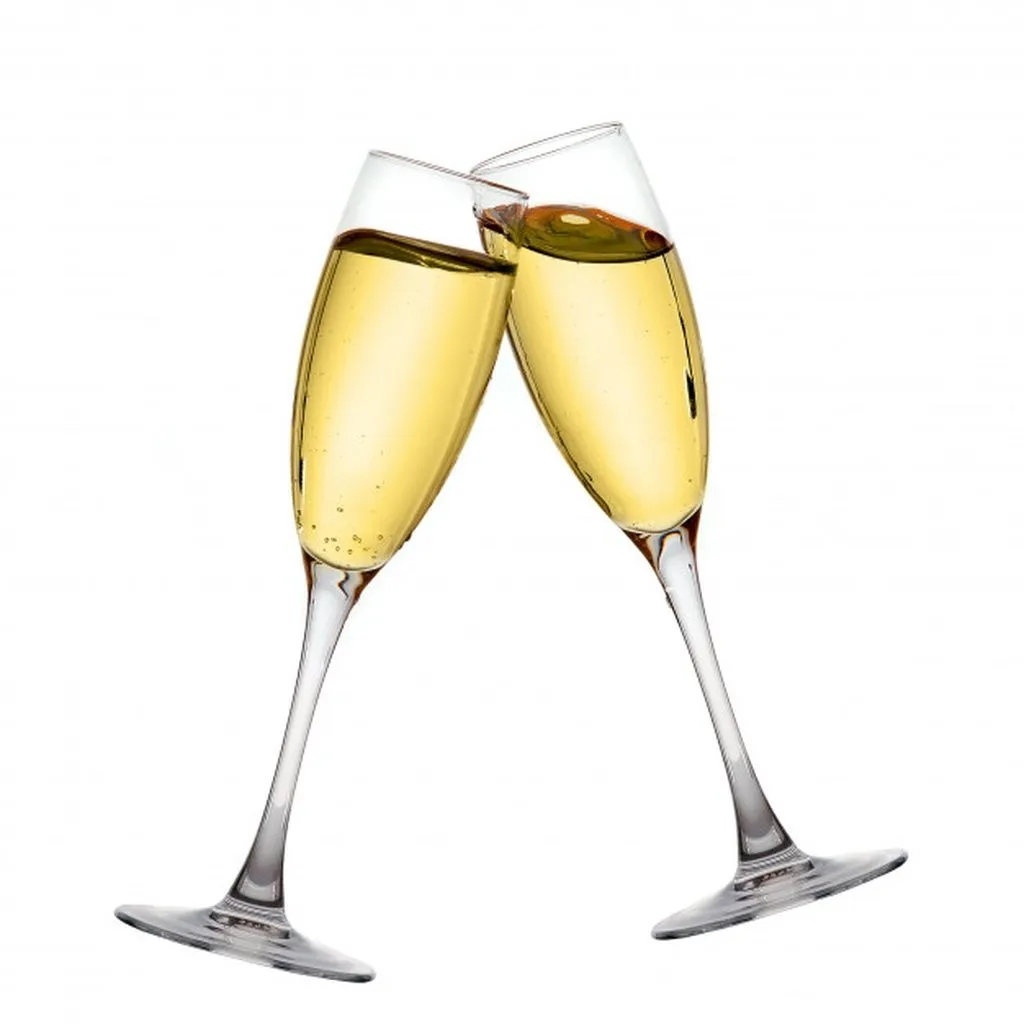
Brut Champagne: Crisp, Classic, and Crowd Pleasing
Brut champagne is what most people picture when they think of a glass of bubbly. It is crisp, dry, and elegant. It is also the most popular style served at celebrations around the world. If you are looking for a versatile bottle that works with food, fits most budgets, and pleases a range of tastes, brut is usually the right choice.
This style is defined by its low sugar content. That means you get more of the grape’s natural flavor and less sweetness. It pairs well with salty snacks, seafood, and creamy cheeses. Its clean finish makes it perfect for both casual brunches and formal dinners.
One reason people love brut is the variety. You can find non-vintage brut champagne for everyday occasions or go for a vintage bottle for something more refined. It is also a great introduction for those new to French sparkling wine. Many affordable French champagne producers offer brut styles that rival premium labels.
The difference between brut vs extra brut champagne comes down to dryness. Extra brut is sharper and even less sweet. Brut strikes a perfect middle ground. It is dry, but not harsh. It is lively, but never overwhelming.
If you are planning a toast or stocking up for the holidays, the best brut champagne for parties is one that tastes good, pours easy, and doesn’t break the bank. Luckily, there are plenty of those out there.
Extra Brut and Brut Nature Champagne: Ultra Dry with Pure Flavor
For those who like their champagne with sharp precision and almost no sweetness, extra brut and brut nature are the styles to reach for. These are known as ultra dry champagne choices. They contain very little or no added sugar after fermentation, making them ideal for anyone who wants a clean, crisp sip.
Brut nature, sometimes called zero dosage champagne, has absolutely no sugar added. It delivers a raw, pure expression of the wine. You taste the grapes. You taste the minerals. Nothing is hidden. It is bold, lean and refreshing. This style is gaining fans among those who value dry wine or follow low sugar diets.
Extra brut offers just a touch more softness than brut nature but still keeps things bone dry. It is a great middle ground for people looking for a clean finish sparkling wine that doesn’t overwhelm the palate. These bottles work well with oysters, sashimi, and other light, briny dishes.
Not every occasion calls for a sweeter bottle. If you enjoy white wine with mineral character and low sugar, the best champagne with no added sugar will likely come from one of these categories. These dry styles show another side of champagne: one that’s direct, honest and full of character.
Blanc de Blancs Champagne: Pure Chardonnay Elegance
Blanc de Blancs means “white from whites.” This champagne style is made entirely from Chardonnay grapes. It stands out for its precision, freshness, and finesse. If you enjoy elegant French sparkling wine with sharp citrus notes and a clean finish, this might become your favorite.
This is a light-bodied champagne style, often with higher acidity and fine bubbles. It tastes bright and clean. Think lemon zest, green apple, and chalky minerality. That makes it a natural partner for food. It is often considered the best champagne for seafood. It pairs beautifully with oysters, scallops, and fresh sushi.
Because it’s made with Chardonnay only, Blanc de Blancs is more delicate than blends that include Pinot Noir or Meunier. It also tends to age well. A well-made bottle gains creamy, toasty notes over time while still holding its lively core.
You’ll find both vintage and non-vintage options. Non-vintage bottles are great for weekday celebrations. Vintage versions bring deeper flavors and complexity. For those who prefer a refined, food-friendly style, champagne made with Chardonnay is always a smart choice.
This is the kind of bottle that feels quiet but confident. It doesn’t shout. It shines.
Blanc de Noirs Champagne: Bold Flavor from Dark Grapes
Blanc de Noirs translates to “white from blacks.” It is made using only dark skinned grapes, usually Pinot Noir and sometimes Pinot Meunier. The result is a full bodied French champagne with deeper flavor and more weight on the palate. If you enjoy bold style sparkling wine, this is the category to explore.
This champagne offers flavors that lean into red fruit, like ripe cherry, raspberry and plum. It also often has notes of brioche and spice, giving it warmth and richness. The texture is creamy and round, with fine bubbles that carry those flavors long after each sip.
Because of its depth, Blanc de Noirs is often considered the best champagne for roasted meats or richer foods like duck or aged cheese. It holds up well in cold weather or during holiday meals where stronger flavors are on the table.
Unlike Blanc de Blancs, which is light and citrusy, champagne made from Pinot Noir brings structure and power. It is satisfying and expressive. It gives you something to chew on, even though it is still crystal clear in the glass.
This is not your entry level bottle. It’s for those who want more texture, more fruit, and more presence in every pour.
Rosé Champagne: Flavor, Color, and Celebration in One Bottle
Rosé champagne stands out with its soft pink hue and vibrant taste. It is a fruit forward champagne made by blending red wine into white or through skin contact during fermentation. The color is beautiful. The flavors are bold. It brings freshness and depth in the same sip.
This pink sparkling wine often has notes of strawberry, cherry, and raspberry. You also get hints of citrus and floral aromas. The texture is usually smooth, with fine bubbles that lift the flavors and make each glass feel festive. Rosé champagne with fine bubbles is perfect for toasts, gifts, and relaxed afternoons.
Because of its natural fruit tones, it is one of the best champagnes for brunch. It pairs well with everything from eggs benedict to smoked salmon. It also shines with desserts like berry tarts or macarons. That makes it ideal for both meals and special moments.
Good bottles strike a balance. Not too dry. Not too sweet. Just crisp and clean, with enough flavor to stand on their own. A balanced sweet and dry champagne like this works in many settings and suits many palates.
When you want something joyful and versatile, champagne with berry flavors and a rosy glow is always a good choice.
Demi-Sec and Doux Champagne: Sweet Bubbles for Every Celebration
Demi-sec and doux champagnes bring sugar and sparkle together in the best way. These styles are made for those who enjoy a touch of sweetness in every glass. With higher sugar content than brut or extra dry styles, they offer a softer and more rounded profile that works beautifully with food and festive moments.
Demi-sec is a sweet champagne option, but not overly sugary. It still feels crisp and refreshing. It pairs nicely with fruit based desserts, creamy cheeses or light pastries. If you're planning a celebration and want something easy drinking, this is a safe and crowd pleasing choice.
Doux champagne is even sweeter. It is the richest style in the category. Often used as a dessert pairing sparkling wine, it brings flavors like honey, peach and tropical fruit. Some bottles are bold and expressive, making them perfect for the final toast of the evening.
These champagnes are often chosen for weddings, birthdays or holiday dinners. They feel generous. They feel fun. That makes them the best champagne for wedding toasts or any moment where a little sweetness makes the memory last longer.
If you love wine that leans soft and friendly, or want to introduce newcomers to French bubbles, these styles offer a gentle welcome.
Top Champagne Brands and Their Signatures
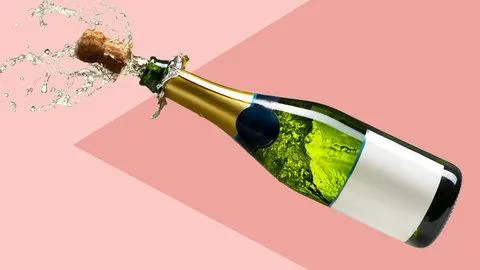
Behind every great bottle of champagne is a name that built its legacy over time. Some of the most popular champagne houses have been producing bubbly for centuries. Their signature styles and iconic labels define what French champagne is all about.
Moët & Chandon is one of the most recognized names globally. Known for producing approachable and elegant wines, it’s a go-to brand for celebrations of all kinds. Their Impérial Brut remains one of the most top rated French champagne bottles around the world.
Veuve Clicquot brings boldness and depth with every pour. Famous for its yellow label, this brand offers rich structure and balance. It's ideal for those who want an iconic champagne label with character.
Dom Pérignon speaks to luxury. A vintage only house, it releases champagne only in exceptional years. Each bottle is a collector’s item. Dom Pérignon is considered luxury champagne for collectors and often found at upscale events and cellars.
Krug takes complexity seriously. With long aging and detailed blending, it offers one of the most layered flavor profiles among premium producers. Many wine lovers view Krug as one of the best champagne producers in France.
Bollinger is robust, toasty and full of personality. It’s the choice for those who enjoy powerful wines. Bollinger is also closely linked with James Bond films, giving it cultural cachet along with its bold taste.
Ruinart is the oldest established champagne house still in production. Known for its Blanc de Blancs, it delivers finesse and freshness in every glass. Historical champagne brands like Ruinart continue to impress with consistent quality and elegance.
Each of these names represents a different flavor story, a unique approach and a deep history. Whether you are building a personal collection or choosing a bottle for a special night, exploring these signature cuvée champagne bottles is a good place to start.
Moët & Chandon: Global Icon, Effortless Celebration
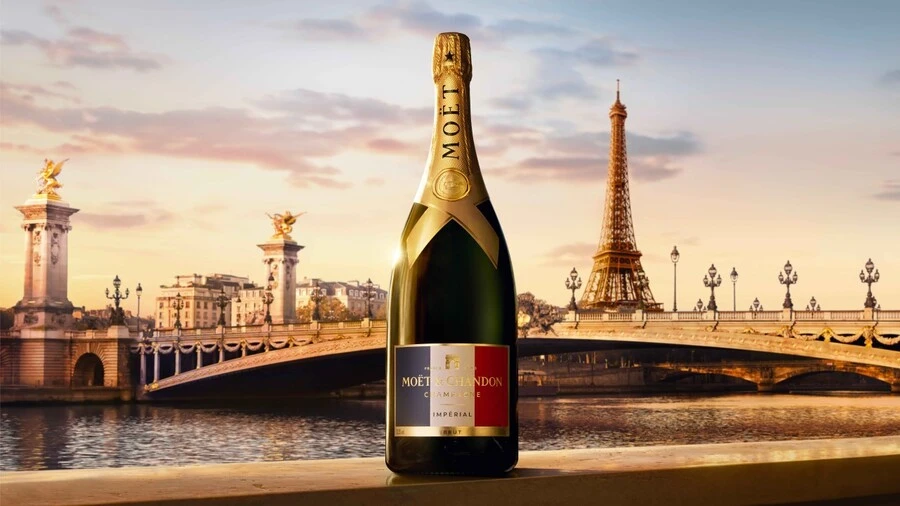
Few champagne houses carry as much international recognition as Moët & Chandon. It’s not just a bottle, it’s a symbol. This flagship French champagne brand has been popping at every major event for centuries, from royal courts to modern red carpets. Its presence brings instant elevation to any table, yet its style stays universally drinkable.
The house’s signature cuvée, Moët Impérial Brut, blends all three traditional champagne grapes. The result is a wine that’s fresh, fruity and full of bright acidity. Apple, citrus and a soft mineral finish make it a classic in every sense. Moët & Chandon tasting notes often highlight its versatility with food, from oysters to creamy pastas.
Tip: Moët is an ideal starter bottle for champagne lovers who want a taste of luxury without going overboard on budget.
Whether you're toasting the new year or surprising a friend with a well-chosen gift, Moët remains one of the best champagnes for celebrations. Its balance of approachability and style makes it stand out among luxury sparkling wines for special occasions.
Veuve Clicquot: Bold Character in a Glass

Veuve Clicquot is not shy. It is bold, structured and instantly recognizable. Known for its iconic Yellow Label Brut, this historic champagne house delivers richness and depth in every pour. The brand was founded in 1772 and is still praised today for producing champagne with backbone and elegance.
This is not a light, citrusy sipper. It leans dry but generous, with notes of baked apple, toast and subtle spice. Its flavor profile comes from a strong use of Pinot Noir in the blend, giving it power and texture. That makes it one of the best champagnes with Pinot Noir dominance in the market.
Veuve Clicquot shines at formal dinners and holiday feasts. It is the kind of bottle that pairs beautifully with roast chicken, hard cheeses or even mushroom dishes. This bold style champagne for dinner parties leaves a lasting impression.
💬 Did You Know? Madame Clicquot, one of the first businesswomen in wine history, led the brand after being widowed at age 27. Her vision shaped the modern champagne industry.
For those searching for a luxury French champagne under 100 dollars that still offers complexity and history, this bottle continues to deliver. It is classic, but never boring.
Dom Pérignon: Timeless Elegance in Every Vintage

Dom Pérignon does not release a bottle every year. It only produces vintage only champagne, which means the wine in each release comes from a single, exceptional harvest. This focus on quality over quantity makes it one of the most respected names in the world of sparkling wine.
Every bottle is a journey. The Dom Pérignon tasting profile evolves over time. Young vintages offer bright fruit, fresh acidity and minerality. Aged bottles reveal toast, smoke and deep layers. It is a champagne with structure, grace and real aging potential.
This is not your everyday pour. Dom Pérignon is a collector’s champagne bottle often gifted for weddings, promotions or important anniversaries. It also makes a strong impression at tasting events or refined dinners.
Perfect Pairing Tip:
- Pair a current vintage of Dom Pérignon with seared scallops or aged Comté cheese to bring out its richness and length.
For those looking for a premium French champagne experience that delivers prestige, complexity and depth, Dom remains unmatched. It is not about hype. It is about heritage.
Krug: Depth, Detail, and Decades of Tradition
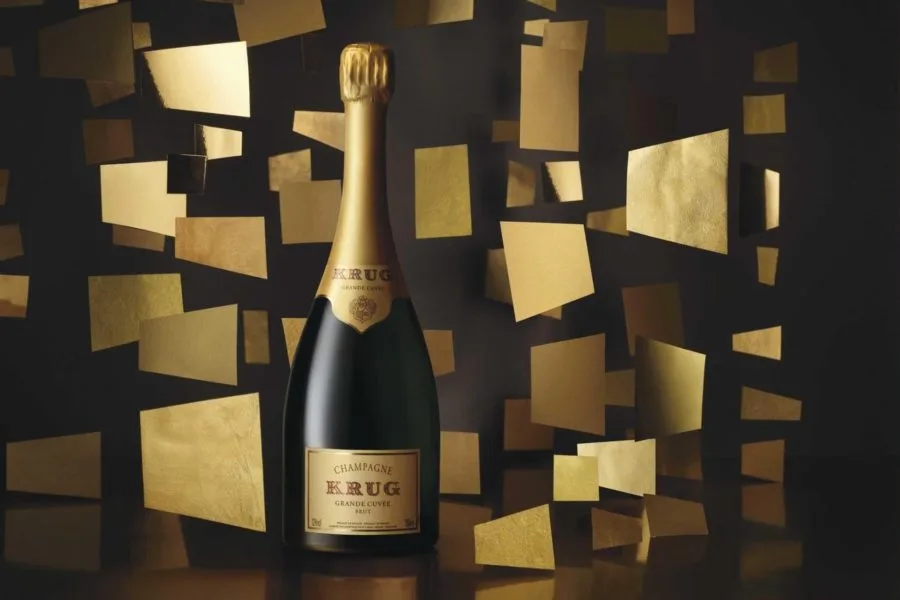
Krug does not chase trends. It follows its own path. Known for its meticulous blending and long cellar aging, Krug represents one of the top tier champagne houses in France. Each release is a tribute to time, texture and expert craftsmanship.
The house’s signature, Krug Grand Cuvée, is a multi vintage champagne made from over 100 wines from more than 10 years. This complex champagne blend results in unmatched richness and depth. You’ll find layers of toasted brioche, hazelnut, dried fruit and spice in every glass. The structure and length are extraordinary.
Krug is a favorite among sommeliers and serious wine lovers. It is not a first step into champagne. It is a destination. A bottle to savor slowly, with food or on its own. It’s particularly appreciated by those who enjoy long aged sparkling wine with evolving aromas.
If you want a bottle that brings power and elegance together, Krug delivers. It is one of the best champagnes for wine collectors or anyone chasing a deeper experience beyond standard labels.
Every Krug bottle comes with an ID code you can scan to reveal the full story behind the blend and base vintages used.
Bollinger: Power, Precision, and Pinot Noir Richness
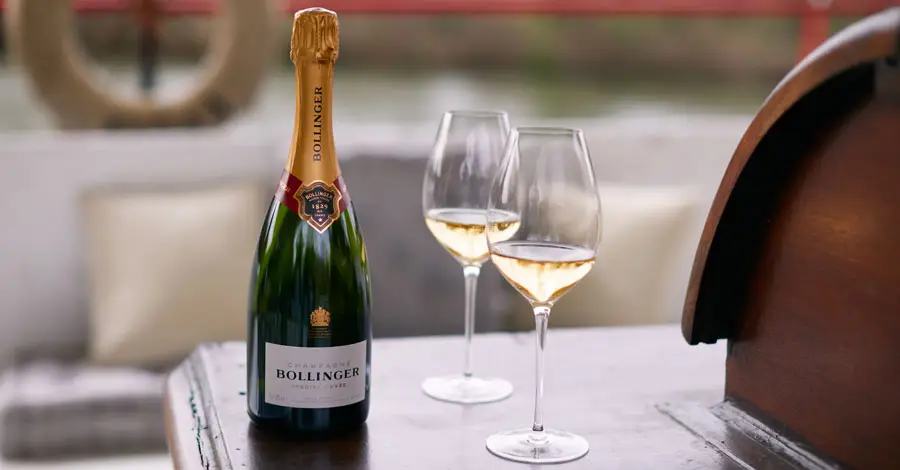
Bollinger is not subtle. It brings boldness and strength to the glass. Known for its Pinot Noir dominant champagne blends, this heritage champagne house has earned a reputation for making full bodied French champagne with serious character.
The Bollinger Special Cuvée is a standout. It offers a deep golden color and a palate filled with ripe apple, toasted almond, and hints of spice. The texture is creamy, the bubbles fine, and the finish long. These tasting notes reflect the use of oak barrel fermentation, which adds warmth and weight.
This is a structured champagne for food pairing. It holds its own next to grilled meats, mushroom risotto or hard cheeses. If you’re looking for the best champagne for steak and cheese platters, Bollinger is an excellent choice.
While many champagnes aim for elegance and lift, Bollinger embraces richness and depth. It’s not for light occasions. It’s for meals that matter. Moments you want to ground in flavor. If you enjoy bold reds, you’ll likely appreciate the layered intensity here too.
Fun Fact: Bollinger is famously associated with James Bond. It has appeared in many 007 films since the 1970s.
Ruinart: A Historic House with a Fresh Touch
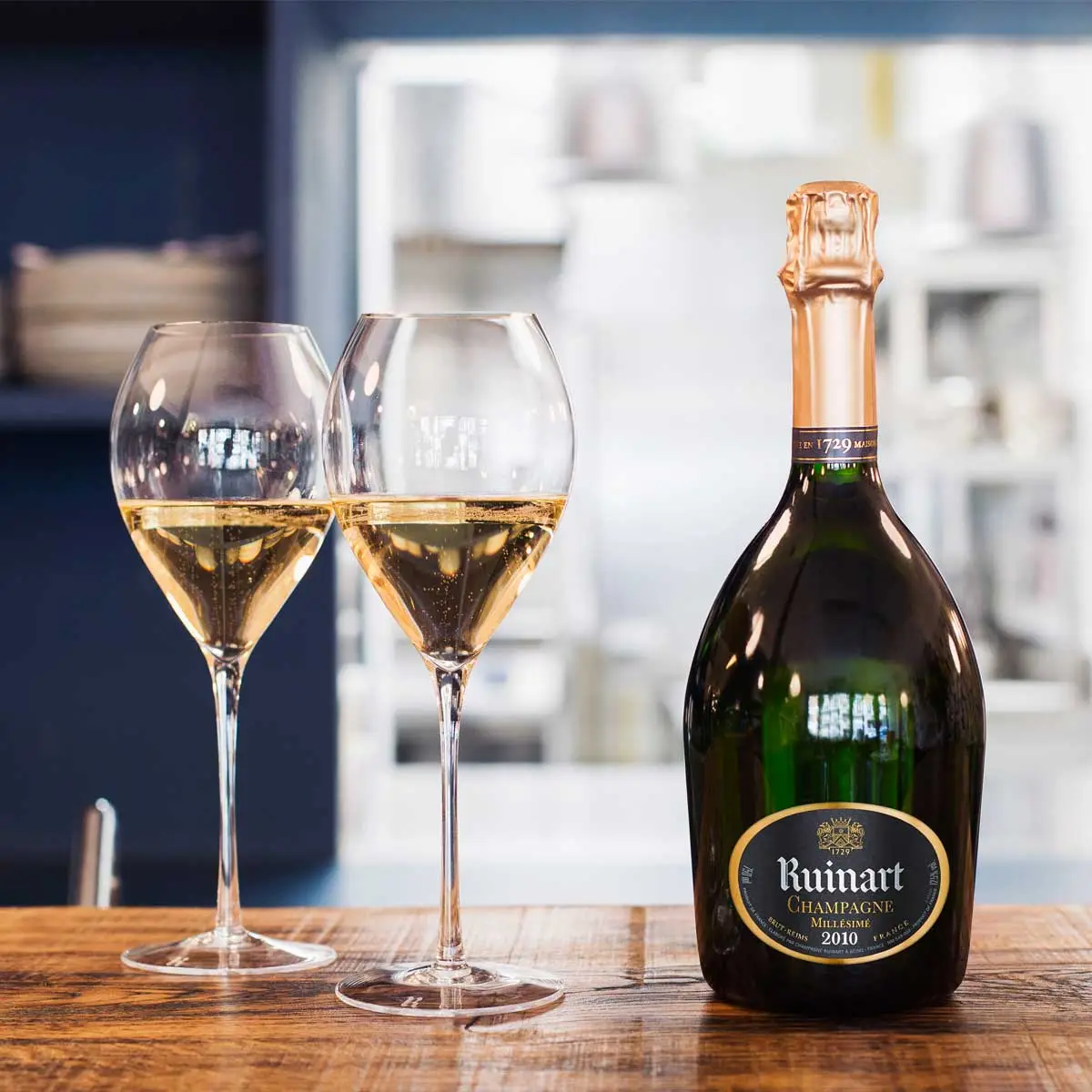
Ruinart is known as the oldest champagne house in France. Founded in 1729, it brings centuries of experience into every bottle. But despite its age, Ruinart feels young. Its wines are bright, lively and full of finesse.
The star of the lineup is the Blanc de Blancs Ruinart champagne. Made entirely from Chardonnay grapes, it offers a light texture and a delicate balance. This elegant Chardonnay based champagne is known for its floral notes, subtle citrus and refreshing minerality.
Ruinart is a go to for aperitifs and warm afternoons. Its profile makes it the best champagne for light appetizers, seafood and soft cheeses. The crispness lifts the palate, and the fine bubbles create an inviting experience from the first pour.
Serve Ruinart Blanc de Blancs slightly chilled to bring out its refined sparkling wine character and maintain its bright acidity.
This is not a flashy label. It is confident in its elegance. If you prefer freshness over power and want a French champagne with bright acidity and clean structure, Ruinart delivers something truly timeless.
Champagne Tasting and Pairing Tips
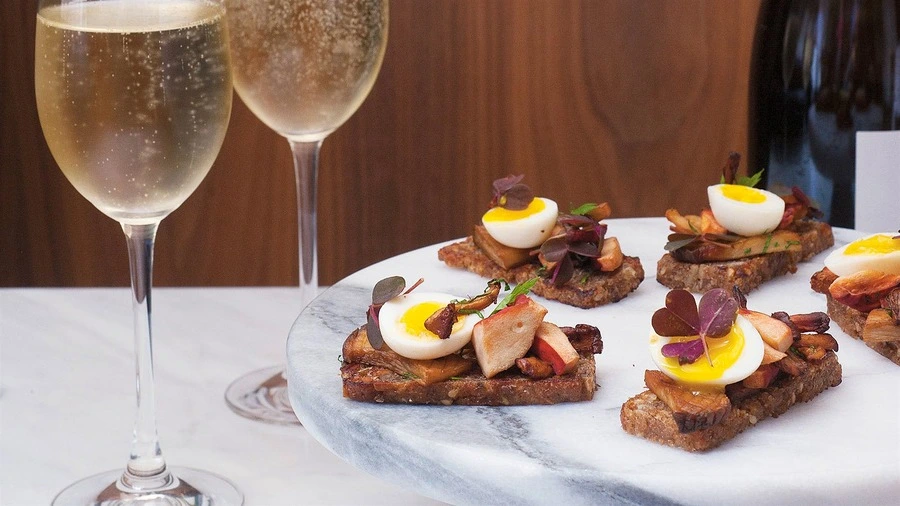
Tasting champagne is more than just sipping. It’s about noticing the bubbles, the scent, and the feel of each glass. Knowing how to taste champagne properly helps you enjoy every layer.
Start with the right glass. Forget the old flutes. Use a white wine glass or a tulip shaped glass. These keep the aroma and flavor locked in. The best champagne glasses to use let the wine breathe and show its character.
Serve it cold but not too cold. The ideal serving temperature for champagne is around 45 degrees Fahrenheit. This keeps the bubbles sharp and the flavors fresh.
Every bottle has a story. Some are fruity and light. Others are rich and yeasty. Understanding the champagne flavor profile guide can help you match the right bottle to the right meal.
Pair brut with salty snacks or seafood. Rosé works with smoked salmon or duck. Demi sec matches with dessert. A good champagne and food pairing guide makes each bite and sip better together.
You don’t need a special event to enjoy champagne. Just good food, the right glass and a bit of time to slow down.
Buying Guide: How to Choose the Right Champagne
Buying champagne can feel overwhelming. So many bottles. So many names. But once you understand the basics, it becomes much easier. Knowing how to choose champagne by style starts with reading the label and asking the right questions.
First, understand the style. Brut is dry and crisp. Extra brut is even drier. Demi sec is sweeter. If you like fruity and fresh, go for a rosé. If you prefer something richer, try a Blanc de Noirs. These choices help you match the bottle to your own taste or the food you plan to serve.
Look at the label. Most bottles will say whether they are vintage or non vintage. The vintage vs non vintage champagne difference is simple. A vintage comes from one great harvest year. A non vintage is a blend from multiple years. Vintage is usually more complex and expensive. Non vintage is more consistent and easygoing.
Think about the occasion. If you’re bringing a bottle to a party or giving a gift, presentation matters. The best champagne for gifts and holidays often comes in a branded box and looks elegant. Moët, Veuve Clicquot and Perrier-Jouët are great options that combine style with substance.
You do not have to spend a fortune. There are many affordable quality champagne options that deliver great taste. Look for smaller producers or grower champagnes. These often offer better value and more character than some of the big names.
Finally, match the bottle to the moment. A bold, complex champagne works well at dinner. Something fresh and bright is better for brunch or afternoon sipping. Selecting champagne for dinner parties is all about balance. You want a bottle that complements the food and adds to the celebration.
With a little attention, champagne buying becomes part of the joy. Not just a task, but a moment of discovery.
Champagne Storage and Serving Essentials

Good champagne deserves proper care. From the moment you bring it home to the time you pour the glass, storage and serving affect the entire experience. Knowing how to store champagne at home is key to protecting its flavor and bubbles.
Start with temperature. The ideal temperature for champagne storage is around 50 to 55 degrees Fahrenheit. It should be cool, dark and free from vibrations. Avoid bright kitchen lights or sunny windows. If possible, lay the bottle on its side to keep the cork moist. A wine fridge is perfect, but a low shelf in a dark closet works too.
When it is time to drink, you need to chill it first. The best way to chill champagne is to place the bottle in a bucket with half ice and half water for 20 minutes. Or let it rest in the fridge for a few hours. Never freeze champagne. It can dull the flavor and make the cork pop unexpectedly.
Serving matters. Knowing how to serve champagne correctly helps you enjoy it fully. Use clean tulip shaped glasses to allow aromas to build. Avoid narrow flutes or wide coupes. Pour slowly along the side of the glass to protect the bubbles. Let the wine breathe for a minute before sipping.
Opening is an art. Keep the cork aimed away from people. Hold the cork firmly and twist the bottle, not the cork. A gentle hiss is better than a loud pop. That means the pressure is under control and the wine stays steady.
Sometimes you do not finish a bottle. To preserve the bubbles, use a champagne stopper. Store the bottle upright in the fridge. Knowing how to preserve opened champagne lets you enjoy it again the next day with almost the same fizz and flavor.
Every step counts. With the right storage and service, even a simple bottle tastes more refined. It turns a casual sip into a special moment.
Frequently Asked Questions About Champagne
What is the difference between champagne and prosecco?
Champagne comes from the Champagne region of France and is made using a traditional bottle fermentation method. Prosecco is from Italy and uses a tank method. Champagne is usually more complex and dry. Prosecco tends to be fruitier and lighter. Both are sparkling wines, but the style, taste and price are different.
Are there organic champagne brands available?
Yes. Many producers now offer organic champagne options. These are made from grapes grown without synthetic chemicals and follow natural winemaking processes. Look for labels with certification or ask for biodynamic champagne. These bottles often offer more purity and a strong sense of place.
When is the best time to drink champagne?
Champagne is great any time. It works for big celebrations but also fits casual moments. The best time to drink champagne can be with brunch, with seafood at lunch or as an evening toast. You do not need a special reason. If the bottle is chilled, that is reason enough.
How long does champagne last unopened?
If stored correctly, non vintage champagne can last three to four years. Vintage bottles may age well for ten years or more. Keep them cool, dark and still. Once opened, champagne should be finished in two days. Use a stopper to save the bubbles.
Can you age champagne at home?
Yes, but not all bottles improve with time. Vintage champagnes from good producers can age well. They develop deeper flavors and smoother textures. Non vintage champagnes are made to drink young. Store them on their side in a cool, stable environment to protect the cork and preserve freshness.
Is expensive champagne really worth the price?
That depends on your taste and expectations. Expensive champagne often comes from rare vintages, long aging and detailed craftsmanship. You pay for depth, balance and texture. For special occasions or refined palates, it can be worth it. But many affordable bottles deliver great quality too.
Celebrate Smart: Find the Champagne That Fits Your Life
Champagne is more than a drink. It is a moment. A gesture. A way to mark something meaningful. Whether you are buying your first bottle or building a cellar, choosing the best champagne for your event should feel exciting, not overwhelming.
The right bottle depends on your mood, your guests and your taste. A crisp brut works well for dinner. A rosé adds color to brunch. A sweet demi sec finishes dessert with style. When you know what each style offers, you can pick with purpose.
French sparkling wine is one of the easiest ways to elevate your celebration. It makes even a quiet night feel special. You do not need a reason. Champagne for everyday enjoyment is growing in popularity. More people now keep a bottle in the fridge just in case a good moment comes along.
If you want to impress guests or treat yourself, it helps to know how to pick the perfect champagne. Think about food. Think about feel. Think about who will be at the table. These top tips for buying champagne with confidence make the process more personal.
Let your choice reflect the moment you want to create. With so many great options, your next toast is already one step closer to unforgettable.
